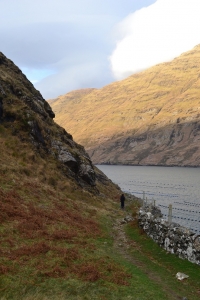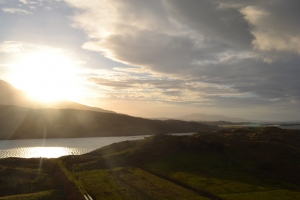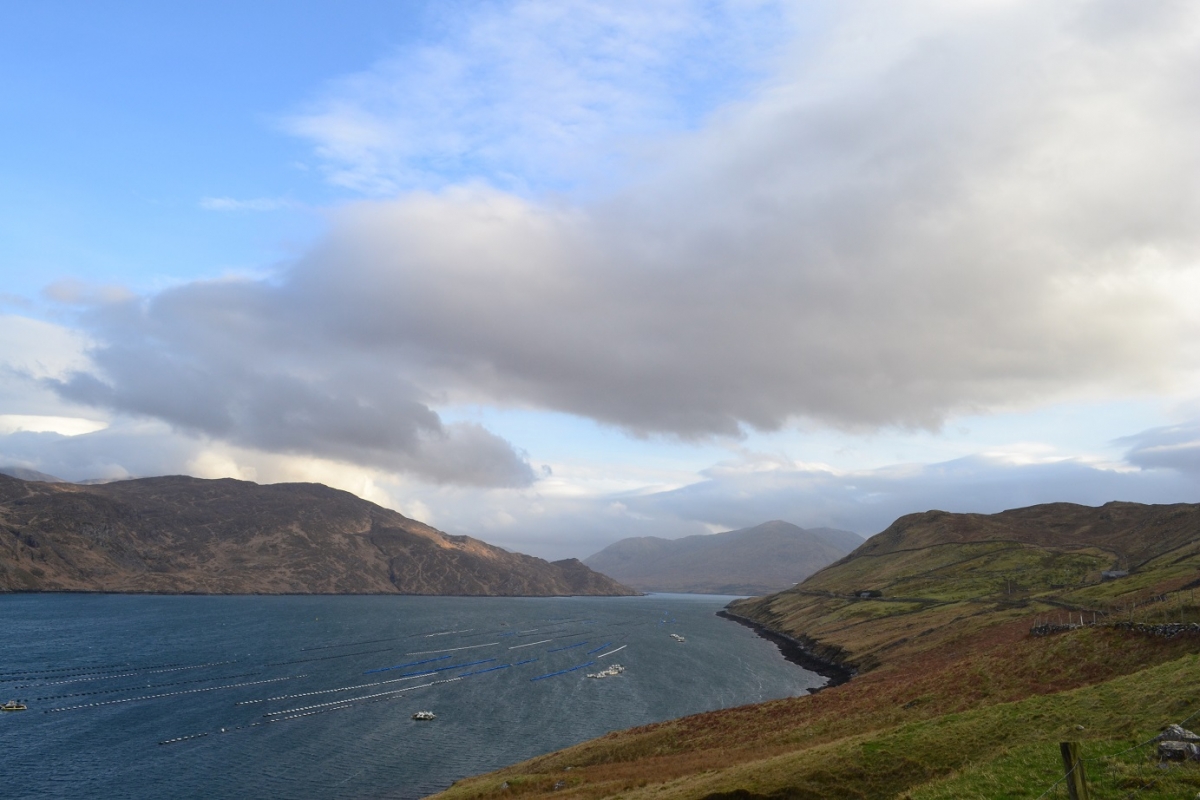I remember learning about the Ice Age and glaciation in school and at that time we were told that Killary Harbour on the Galway/Mayo border was considered to be the only fjord in Ireland. A fjord being a long, narrow, deep inlet of the sea between high cliffs, formed by submergence of a glaciated valley. With the Mweelrea Mountains (814 m) to the north and the Maumturks (702 m) and the Twelve Bens (729 m) on the south side of the harbour it surely fits the criteria! Then recently, when I started doing some background research on the relief map of Connemara and South Mayo I read that Carlingford Lough was also considered a fjord. This surprised me a little because as far as I was aware there was some debate as to whether Killary was even steep-sided enough to be considered a fjord. Then a visitor to the Terraform website emailed me and pointed out that Lough Swilly in County Donegal is yet another fjord! My curiosity was piqued… So I decided to do a little bit more checking.
The question is how steep do the cliffs have to be for a glaciated inlet to be considered a fjord? Which leads to a further question; what are these three beautiful inlets of ours if they’re not fjords?
The answer to the first question is that there is no definitive answer. Any definition I’ve come across simply says that the the sides must be either cliffs, or at least very steep, with no indication of the level of steepness (for the want of a better word). If you look up the definition of a cliff you don’t get much satisfaction there either. A cliff is a “steep rock face”. I don’t think that the sides of any of the three inlets in question could be considered cliffs by any stretch of the imagination. Steep? Yes… Steep(ish). Cliffs? Hmmmm… Going by the strict English definition of the word it would be difficult to argue that Killary Harbour, Carlingford Lough and Lough Swilly are clear examples for fjords.


Killary Harbour
However, in Scandinavian countries the word fjord has a more general usage and can be applied to various landforms including long narrow freshwater lakes, bays and lagoons. The vikings were certainly free and easy with their use of the term when naming places like Wexford and Waterford, neither of which would be considered a fjord in the English sense of the word.
Then I came across a slightly different term that might be more applicable to our submerged glaciated valleys – maybe they should be called fjards. According to Wikipedia a fjard is a submerged glaciated valley with much shallower slopes than the steep-sided fjords.
However, the term is hardly in common usage so until it is I think it is only fair to argue that we have in fact got three fine fjords in this country (and a few more if the vikings have anything to say about it!)


